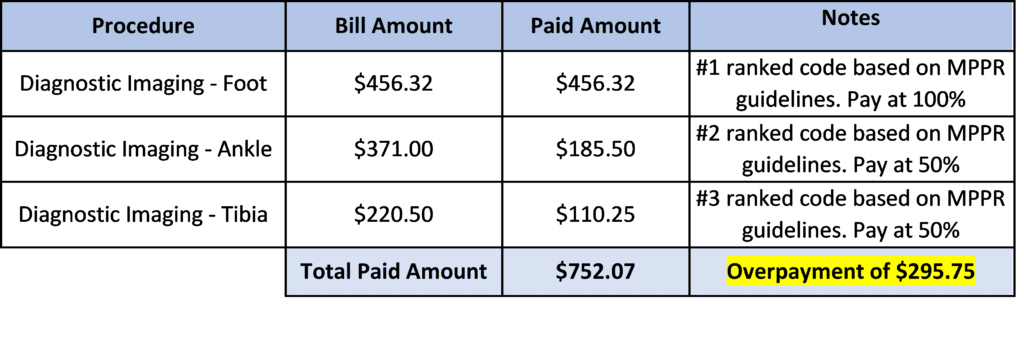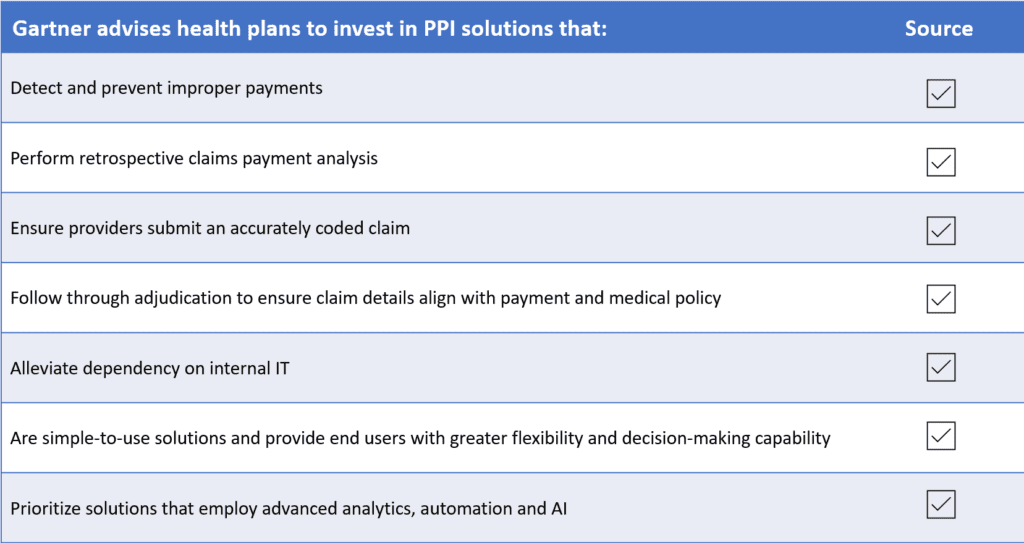Transform Methodology: Change Management Framework
Transform methodology is the insurance industry’s cutting-edge approach to change management during internal project launches. Its principles can be found in many successful business transformation processes, but its phases and steps are designed specifically for vendor partnerships.
Traditionally technology implementations involved simply building on a firm’s operational competencies and short term needs by adding a product. Instead, transform methodology requires working together with vendor’s expertise and software to align and achieve long term goals while transforming businesses from the inside out.
When could you use transform methodology as a health plan?
When conducting:
- Annual contract updates
- Annual Contract Updates
- Expanding or Adding New Lines of Business (ex. Medicare/Medicaid)
- Mergers and Acquisitions
Transform methodology was developed leveraging HealthEdge’s extensive experience successfully implementing their suite of solutions with health plans of all types, sizes, and lines of business. From these real-life experiences, HealthEdge leadership incubates best practices and lessons learned to create this change management framework.
The Foundation of the Framework: Relationships
“Any successful implementation begins with a solid foundational relationship between our health plan customers and HealthEdge,” HealthEdge’s Anne Marie Gramling explains.
When you work with vendors who value partnership, together you can operationalize change and focus on long term success. At a minimum, vendors should provide:
- A shared comprehensive review and evaluation of areas for improvement and optimization
- Complete guidance through design, configuration, testing, roll-out and training
- Configuration efforts to minimize maintenance efforts
HealthEdge’s Transform Methodology outlines the 3 step model insurers should leverage when working with technology vendors.
The 3 Phases of Transform Methodology
Phase 1: Evaluate
Key Steps
- Understand customer’s current state and transformation objectives
- Indicative migration scope, timeline, resources and cost
- Envision scope of work
During this first phase your insurance firm and the vendor assess your current state, business objectives and requirements. This will allow you to comprehensively develop the overall scope, timing and estimated effort for any project.
Phase 2 will involve creating a more detailed timeline and governance bodies. The scoping in stage 1 should be for the project as a whole.
After the scope, timing and effort are estimated, it’s important to describe why you are undertaking this transformation: How does the initiative tie into your overall company mission and stakeholder incentives?
If struggling with “the why”, consider if the proposed changes will:
- Drive operational efficiencies through faster processing, increased accuracy, automation or scalability
- Improve member, provider and employee experience
- Allow you to change easily to adapt to the market demands and growth opportunities
Using this information communicate the planned changes internally and continually reinforce why this matters.
Phase 2: Envision Part One
Key Steps
- Establish program governance and milestones
- Formalize migration goals and objectives
- Project kickoff
- Requirements discovery
- Define business and technical future state blueprint
- Define migration, test and operational change strategies
During the envisioning phase, vendors and health plans work together to create a clear picture of the implementation’s desired result.
Whether it’s a more seamless patient experience or enhanced claims accuracy, define what you are trying to achieve and the impact it will have on your health plan.
For example, many HealthEdge solutions automate business workflows and coherently exchange data in real-time across ecosystems.
When considering implementing HealthEdge technologies, health plans should imagine what their company would operate like with:
- Improved End-User & Consumer Centricity
- Ever Reducing Transaction Costs
- Ever Increasing Quality
- Ever increasing service levels
- Business transparency
Once a clear end result is outlined, use this as a starting place to list all the supports and organizational roles needed to achieve that vision. In other words “start at the end and work backwards”.
These supports and organizational roles can include:
- A program governance model that outlines resources, timeline, communication plans and project structure.
- A deep dive into validation of firm requirements
- The design of full implementation with business configuration, ecosystem, integrations and workflows
- A detailed implementation plan with:
- Configuration sprints plans
- Integration requirements for development grooming
- Test strategy and use cases
At this stage you should also develop measurable goals and decide what metrics will be used and how they will be tracked.
Phase 2: Envision Part Two
Key Steps
- Design future state
- Plan iterations and releases and begin design/build
- Plan iterative, successive test phases
- Requirements grooming
- Execute Scope of Work
Phase 3: Execution
Key Steps
PART 1- Implement
- Build: Configure and Integrate products
- Migrate data
- Execute test phases
- Plan operational readiness and training
- Plan cutover and go-live
PART 2- Promote
- Execute final end-to-end validation and assure operational readiness
- Execute cutover
- Go live
- Begin monitoring user adoption and outcomes
PART 3- Transition
- Stabilize customer business in production
- Conduct handoff from project to operations
- Initiate next phase and optimization opportunities
The last phase is Execution where solutions are built, tested and launched. This is where projects transition from Implementation to Production. The governance, education and enablement services previously set up in the Envisioning phase are central to support execution efforts.
Learn more about HealthEdge’s Implementation Services here.



 At HealthEdge, disrupting the status quo is part of who we are. When it comes to redefining payment integrity, we often think about it in terms of shifting from a
At HealthEdge, disrupting the status quo is part of who we are. When it comes to redefining payment integrity, we often think about it in terms of shifting from a 





